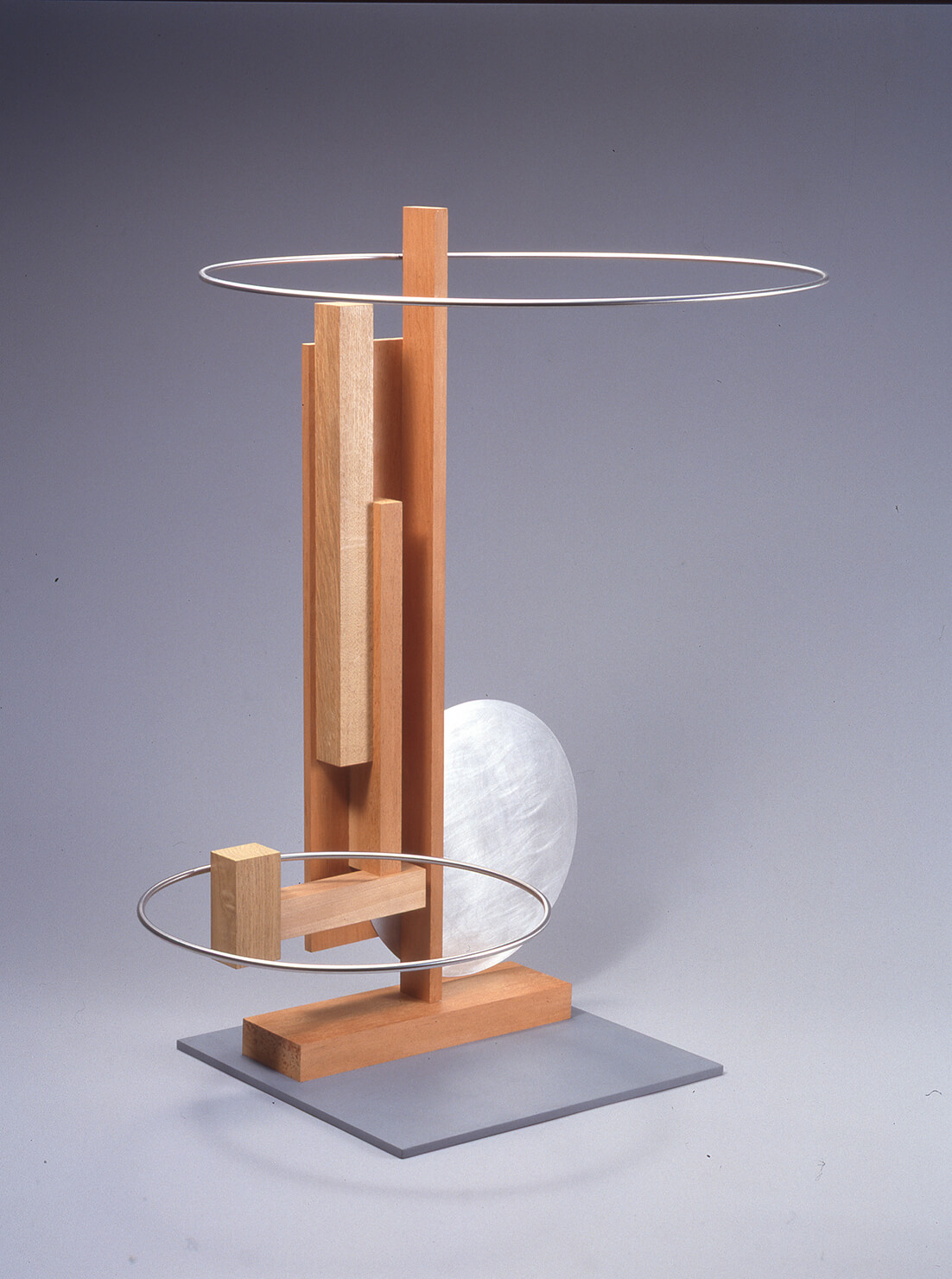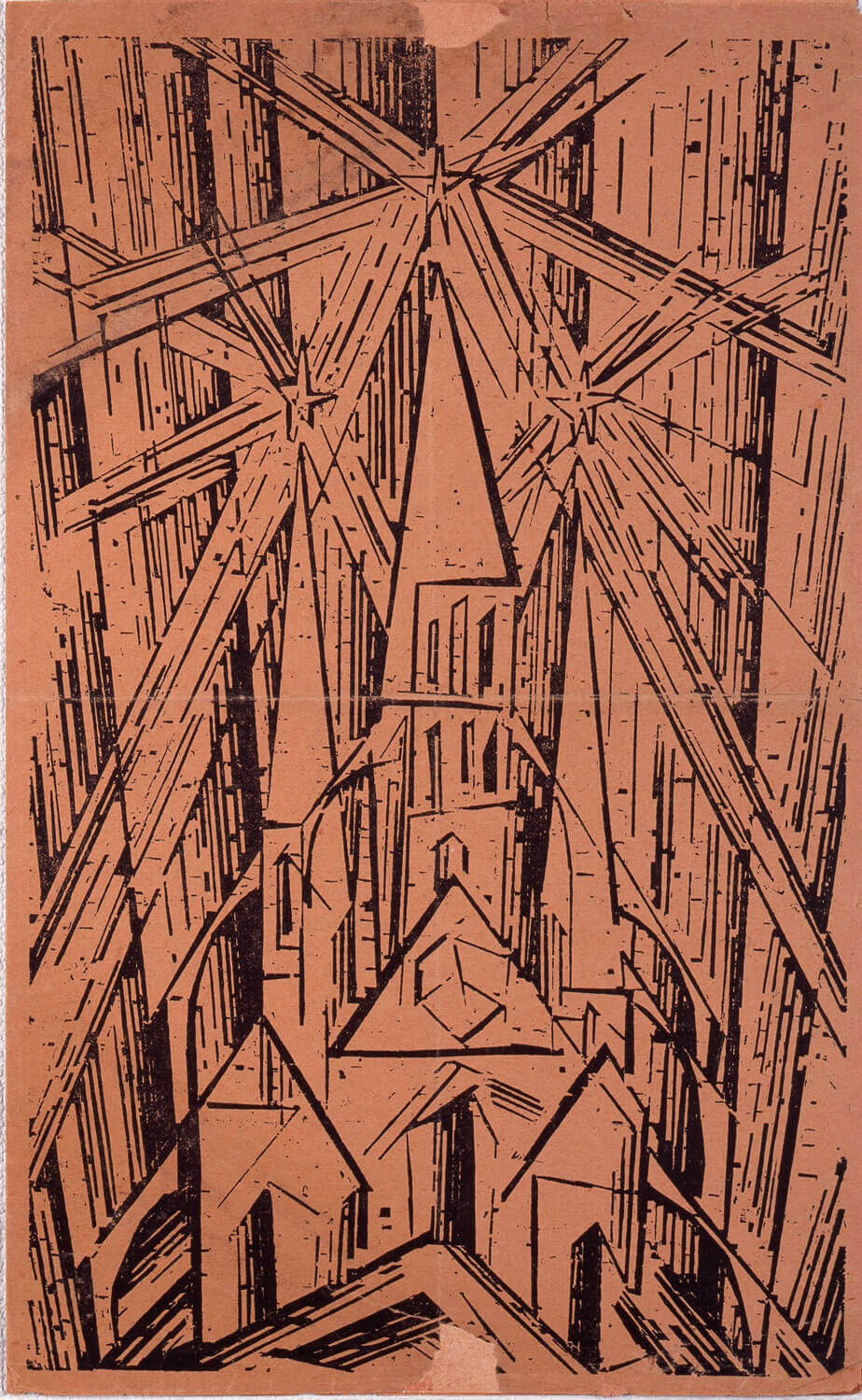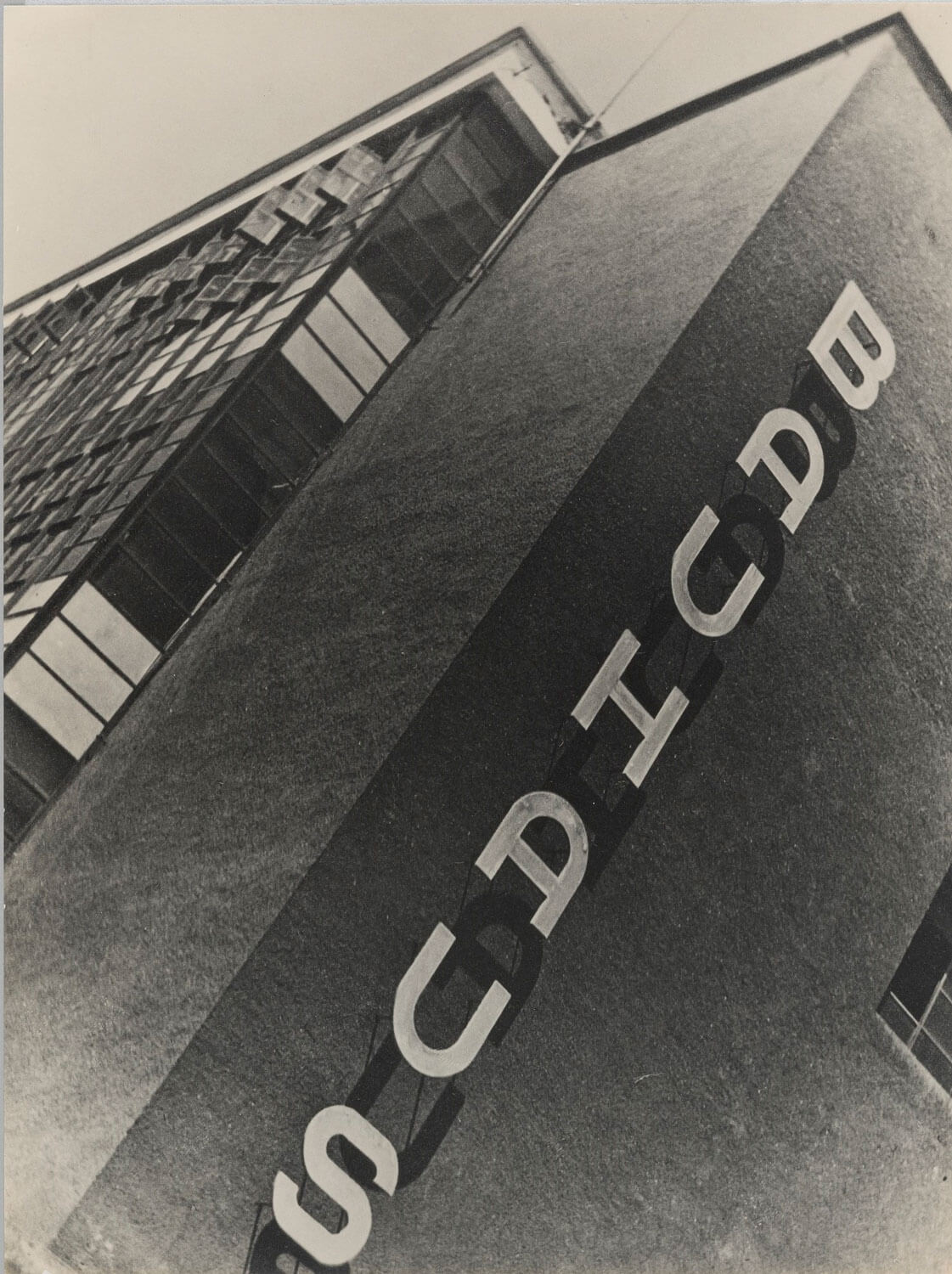Shedding Light on the Influence of the Bauhaus in Japan
An exhibition at the MoMAK (National Museum of Modern Art Kyoto) retraced the impact of the movement on Japanese architecture and design.

Anonymous, ‘Balance study from László Moholy-Nagy's preliminary course’, 1924-25 [1995]. Misawa Bauhaus Collection, Tokyo
The Bauhaus school of art, founded in Germany in 1919 by Walter Gropius, became a point of reference in the history of 20th-century art, despite only being in existence for fourteen years. Dissolved by the Nazis in 1933, this school of architecture and applied arts sought mainly to achieve the mass production of objects and housing that would be functional and, above all, accessible to as many people as possible.
But the Bauhaus was also a movement that redesigned education, creating courses in which artists and artisans worked together.
A movement that influenced the teaching of art and design in Japan
A research project entitled bauhaus imaginista celebrated the centenary of the movement by assembling a volume of documents, archives, videos, and literature to illustrate the impact that the Bauhaus has had worldwide, through several events.
The MOMAK (Museum of Modern Art, Kyoto) participated in this project with bauhaus imaginista: Corresponding With, which ran from 4 August to 8 October 2018. The point of departure for this exhibition was the Bauhaus Manifesto, a declaration about the school’s educational philosophy that was published when it was founded.
The exhibition examined how the institution’s distinctive programme, with the close attention it paid to preliminary courses, influenced the educational framework for art and design as taught in schools in Japan and India. It notably compared the way in which the Bauhaus philosophy was instilled in two institutions, the Institute of New Architecture and Design, founded by architect Kawakita Renshichiro in Tokyo in 1931, and the Kala Bhavan, an institute of Fine Arts in Santiniketan in India, founded in 1919 by poet Rabindranath Tagore.
bauhaus imaginista: Corresponding With (2018), an exhibition on the influence of Bauhaus in Japan, was held at the Museum of Modern Art in Kyoto.

Lyonel Feininger, ‘Bauhaus Manifesto’, 1919. Osaka City Museum of Modern Art, Osaka

Iwao Yamawaki, ‘Bauhaus Dessau’, 1931. Musashino Art University, Museum & Library, Tokyo. ©Yamawaki Iwao & Michiko Archives
TRENDING
-
The Tattoos that Marked the Criminals of the Edo Period
Traditional tattoos were strong signifiers; murderers had head tattoos, while theft might result in an arm tattoo.

-
Paris, Tokyo: Robert Compagnon
With his co-chef and talented wife, Jessica Yang, Robert Compagnon opened one of the top new restaurants in Paris: Le Rigmarole.
 3:31
3:31 -
Chiharu Shiota, Red Threads of the Soul
Last year, more than 660,000 people visited the retrospective 'Chiharu Shiota: The Soul Trembles' exhibit at the Mori Art Museum.

-
‘Before Doubting Others, Doubt Yourself. Who Can Truly Say a Dish Isn’t What It Used to Be?’
In ‘A Non-Conformist’s Guide to Surviving Society’, author Satoshi Ogawa shares his strategies for navigating everyday life.

-
The Story of Sada Yacco, the Geisha who Bewitched Europe
Described by Dazed magazine as the first beauty influencer, she has been restored to her former glory since 2019.





